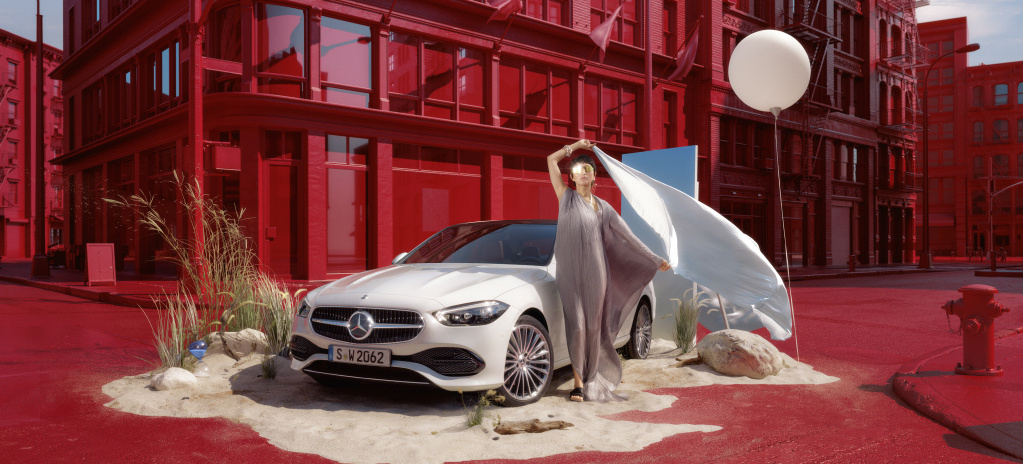NEWS – The traffic restrictions taken within the framework of ZFEm do not apply to motor vehicles.
Is this the end of an epilogue? The decree of the city of Paris dated May 28, which fixes the establishment of low-emission mobility zones (ZFEm), specifies in its article 3 that the measure does not apply to vehicles with a certificate of ‘collection registration. Indeed, since 1is June, with the implementation of ZFEm, the ban on driving in Paris, in 79 municipalities around the capital and in around 40 urban areas, was extended to vehicles with a Crit’Air 4 sticker. And in July 2022 , it is the Crit’Air 3 which will be banned from Monday to Friday, from 8 a.m. to 8 p.m. At the end of 2023, models belonging to the Crit’Air 2 category and all diesels are banned from Paris.
The recent decree taken by the city of Paris is a relief for owners of collector’s models over the age of 30. This is proof that air quality impact studies have shown that automobile heritage has no impact on air pollution. We cannot say it enough: classic cars represent barely 1% of the fleet and the share of diesel does not even reach 5%. Surveys show that the average annual mileage of these vehicles does not exceed 1,000 km. And they are never used for urban travel. Collectors residing in city centers just need to be able to get in and out of their homes to reach the countryside where the old ones are truly in their element.
This is the complexity of our administrative organization, the Parisian decree does not regulate the fate of vehicles over 30 years old at the national level. Each agglomeration is free to do what it wants in its ZFEm. The French Federation of Vintage Vehicles (FFVE), which has been sparing its efforts for several months to obtain a traffic exemption, must continue to convince each community that has decided to set up a ZFEm. This system could give rise to ubiquitous situations where two neighboring cities make contrary choices, one authorizing, the other prohibiting. To avoid this type of conflict, the FFVE is campaigning for the Paris decision to serve as a model and for vehicles in collection to benefit from a general exemption.
Laurent Hériou, the director general of the federation, highlights the good practices of our neighbors. “Germany should inspire us. For thirteen years, this federal state has succeeded in implementing a national exemption. ” On the other side of the Rhine, exempted vehicles can be recognized by their number plate with an H (for “historical”). With us, these models would be identifiable by their sticker affixed to the windshield. The FFVE is also ready to make other concessions such as imposing technical control before obtaining the “collection” certificate.
– .


